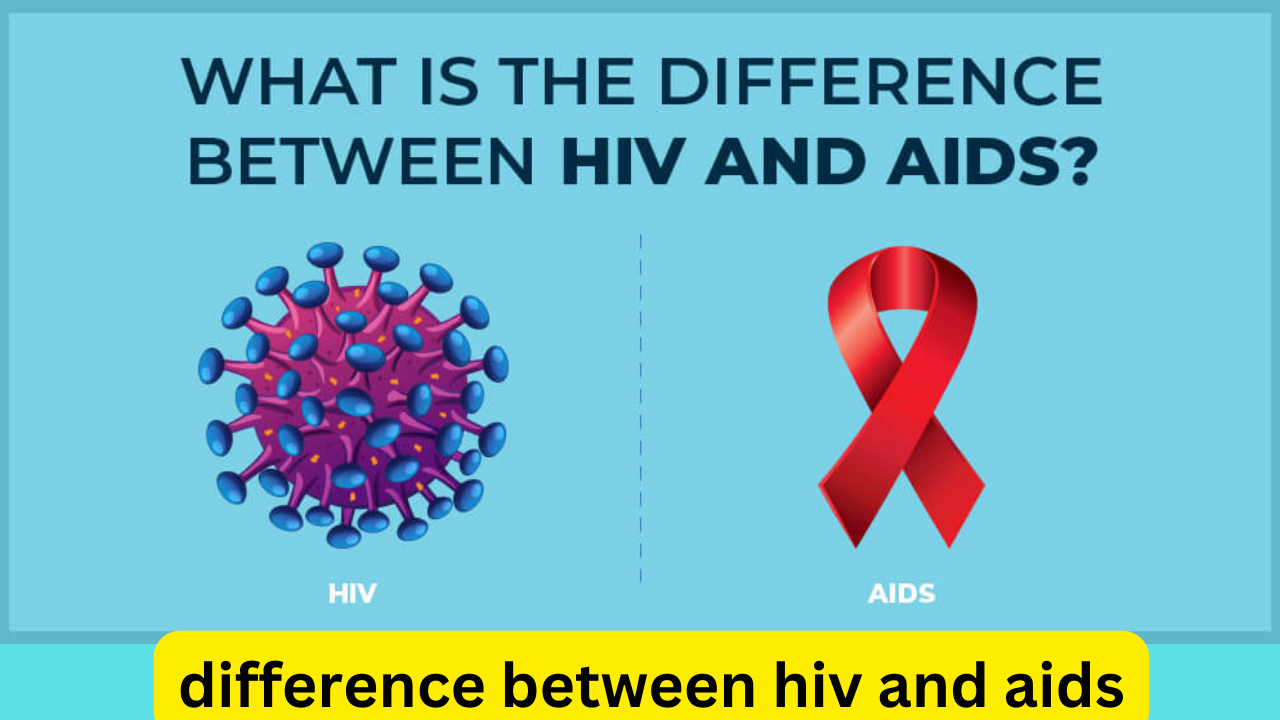When discussing HIV and AIDS, it is crucial to comprehend their distinct meanings and implications. These two terms are often used interchangeably, but they represent different stages and aspects of the same condition. Our comprehensive guide aims to clarify these differences, ensuring a clear understanding of these significant medical terms.
What is HIV?
Human Immunodeficiency Virus (HIV) is a virus that targets and destroys the body’s immune system, specifically the CD4 cells, also known as T cells. This gradual destruction impairs the body’s ability to fight off infections and diseases. HIV is transmitted through contact with certain body fluids, including blood, semen, vaginal fluids, rectal fluids, and breast milk. It is not transmitted through casual contact such as shaking hands or sharing utensils.
How HIV Affects the Body
Once HIV enters the body, it binds to CD4 cells and begins to replicate. This replication process destroys these vital immune cells, making the body increasingly susceptible to opportunistic infections. The virus can be managed with antiretroviral therapy (ART), which helps to control viral replication and maintain a functioning immune system. However, without treatment, HIV can lead to severe health complications and a progressive decline in immune function.
HIV Stages
HIV infection progresses through several stages:
- Acute HIV Infection: This initial stage occurs within 2-4 weeks after exposure and is often referred to as primary HIV infection or acute retroviral syndrome (ARS). Symptoms may resemble flu-like symptoms, including fever, rash, and swollen lymph nodes.
- Chronic HIV Infection: Also known as clinical latency, this stage can last for several years. During this period, the virus remains active but reproduces at low levels. Individuals may not have symptoms or only mild ones.
- Advanced HIV Infection: Without treatment, HIV can progress to advanced stages, leading to Acquired Immunodeficiency Syndrome (AIDS).
What is AIDS?
Acquired Immunodeficiency Syndrome (AIDS) is the most severe phase of HIV infection. It is characterized by a significantly weakened immune system, making the body vulnerable to a range of infections and diseases that are typically rare in individuals with a healthy immune system.
Criteria for an AIDS Diagnosis
The diagnosis of AIDS is made based on one or more of the following criteria:
- CD4 Cell Count: A CD4 cell count of fewer than 200 cells per cubic millimeter of blood, compared to the normal range of 500-1,500 cells/mm³.
- Opportunistic Infections: The presence of one or more specific opportunistic infections or cancers, such as Pneumocystis jirovecii pneumonia (PCP), Kaposi’s sarcoma, or certain types of lymphomas.
Symptoms of AIDS
Symptoms of AIDS can vary depending on the specific infections or conditions affecting the individual. Common symptoms include:
- Rapid weight loss
- Recurring fever or profuse night sweats
- Extreme and unexplained tiredness
- Prolonged swelling of the lymph glands
- Diarrhea that lasts for more than a week
- Sores of the mouth, anus, or genitals
The Progression from HIV to AIDS
The transition from HIV to AIDS is not immediate and can take several years, especially if the individual adheres to ART. The progression depends on various factors, including the individual’s overall health, the timely initiation of treatment, and adherence to prescribed therapies. Regular medical check-ups and monitoring of CD4 counts are essential in managing the disease and preventing its progression to AIDS.
Treatment and Management
Both HIV and AIDS require ongoing management and treatment to maintain health and quality of life. The cornerstone of HIV treatment is antiretroviral therapy (ART), which involves a combination of medications that suppress the virus and prevent its progression. For individuals with AIDS, the treatment approach includes:
- Antiretroviral Therapy (ART): To control the HIV virus and improve immune function.
- Prophylactic Medications: To prevent opportunistic infections and complications associated with AIDS.
- Regular Medical Care: Ongoing monitoring for any opportunistic infections and conditions related to AIDS, as well as management of symptoms.
- Supportive Care: Addressing physical, emotional, and psychological needs through counseling and support services.
Prevention Strategies
Preventing the transmission of HIV is crucial to controlling the spread of the virus and avoiding progression to AIDS. Key prevention strategies include:
- Safe Sex Practices: Using condoms and engaging in safe sex practices can significantly reduce the risk of HIV transmission.
- Pre-Exposure Prophylaxis (PrEP): For individuals at high risk, PrEP is a medication taken to prevent HIV infection.
- Regular Testing: Routine HIV testing and early diagnosis are essential for prompt treatment and reducing the risk of transmission.
- Harm Reduction: Programs that provide clean needles and syringes to people who inject drugs can prevent the spread of HIV.
Conclusion
Understanding the difference between HIV and AIDS is vital for effective management, prevention, and support. HIV is the virus that, if left untreated, can progress to AIDS, the advanced stage of HIV infection characterized by a severely compromised immune system. Effective antiretroviral therapy and regular medical care can manage both conditions, improve quality of life, and prevent the progression from HIV to AI
